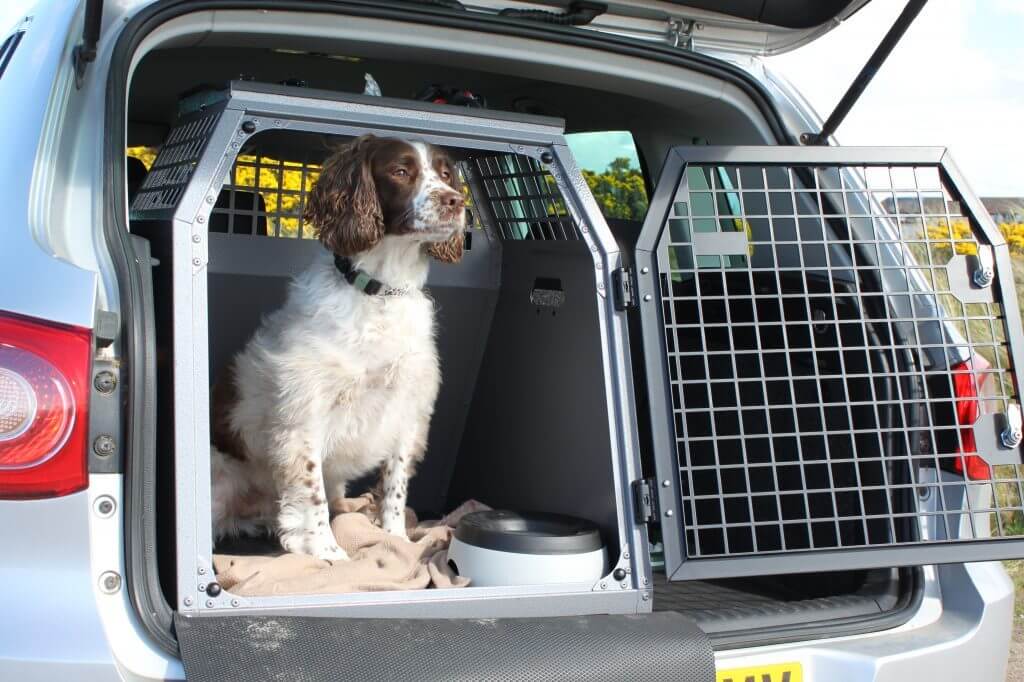 Winter is just around the corner, which means that adverse weather conditions like snow, ice, and freezing temperatures are going to make the roads that much more dangerous and pose significant risks for both experienced and brand-new drivers.
Winter is just around the corner, which means that adverse weather conditions like snow, ice, and freezing temperatures are going to make the roads that much more dangerous and pose significant risks for both experienced and brand-new drivers.
At Fast Tire, we want to ensure your safety and the safety of others on the road, so we’ve put together our winter driving guide which includes five key tips for staying safe during those winter drives.
5 Safety Tips for Driving in the Winter
Winter driving doesn’t have to be a challenge. With a little preparation and a few key reminders, you can continue to trek through the roads without worrying about your vehicle or your safety.
Tip 1: Prep Your Vehicle Before Winter
Before you even spot the first snowflake, it’s vital you properly prepare your vehicle for any and all challenges that lie ahead. A good place to start is by checking your tires, making sure they have adequate tread and are properly inflated. Having good traction is extremely important when driving on slippery surfaces. Another good tip is to switch to winter tires for added grip.
We also recommend checking your vehicle’s brakes, lights, and heating system, as well as your windshield wipers – as these will be your best friend against rough snow on your windshield.
Tip 2: Drive Slower and Be Mindful of Following Distances
Driving too fast for the current road conditions is a common cause of accidents any time of the year, but especially during the winter. To protect yourself, your vehicle, and other drivers, reduce your speed and maintain a safe following distance from the vehicle in front of you during harsher weather days. As it takes longer to stop on icy or snow-covered roads, it’s always better to allow for extra time to react to unexpected situations.
Tip 3: Watch Out for Black Ice
Black ice is incredibly dangerous as the transparent layer it forms on the road is difficult to see for most drivers. Because black ice is more difficult to spot, it’s harder to correct when the vehicle becomes unsteady. If you suspect black ice, ease off the gas pedal, keep a steady hand on the steering wheel, and avoid any sudden maneuvers and be extra careful on higher risk areas, including bridges, overpasses, and shaded areas.
Tip 4: Clear Any Ice or Snow on Your Car
Before every drive, make sure that your vehicle is completely free of any ice or snow. Doing this takes minutes, but will help tremendously when it comes to ensuring you can see properly on the road. Clear all windows, lights, and side mirrors – the three most important parts of your vehicle when it comes to visibility.
We also recommend removing snow on the roof as well in order to prevent it from slipping down your car and obstructing your vision.
Tip 5: Always Plan Ahead
Finally, the last and most important winter safety tip is planning ahead. Check the weather app on your phone or watch the news before you leave to see if there are any potentially dangerous issues that will affect your drive.
It’s always best to keep in contact with friends and family if you’re going on long car rides during the winter just in case your car breaks down or you get lost. To add to this tip, it’s always recommended to keep an emergency kit in your vehicle, with items that can be useful such as:
- An Ice scraper
- A snowbrush
- A shovel
- Jumper cables
- A flashlight
- and blankets
Set Your Car Up for Success this Winter at Fast Tire
At Fast Tire, we understand the challenge that come from winter driving and are here to help you reduce these with expert, reliable vehicle maintenance services, such as tires & tire repair, oil changes, brakes, and more!
View our services today or request an appointment to get your car winter ready!







 Keep your tires in good shape – Your tires are your vehicle’s only contact with the road, therefore, should be properly maintained. Make sure your tires have the right amount of pressure and tread and get them rotated per your owner’s manual. Your tires impact the way your vehicle handles, which in turn impacts the condition of its parts.
Keep your tires in good shape – Your tires are your vehicle’s only contact with the road, therefore, should be properly maintained. Make sure your tires have the right amount of pressure and tread and get them rotated per your owner’s manual. Your tires impact the way your vehicle handles, which in turn impacts the condition of its parts.
 Spring is officially here, and with the season comes time for some Spring Cleaning. Spring Cleaning is not only something for the household or office but your car too. Now that we are all spending more time in our vehicles again, having a clean car can help with a clear and calm head. Here are some tips to help you with your Spring Car Cleaning:
Spring is officially here, and with the season comes time for some Spring Cleaning. Spring Cleaning is not only something for the household or office but your car too. Now that we are all spending more time in our vehicles again, having a clean car can help with a clear and calm head. Here are some tips to help you with your Spring Car Cleaning: